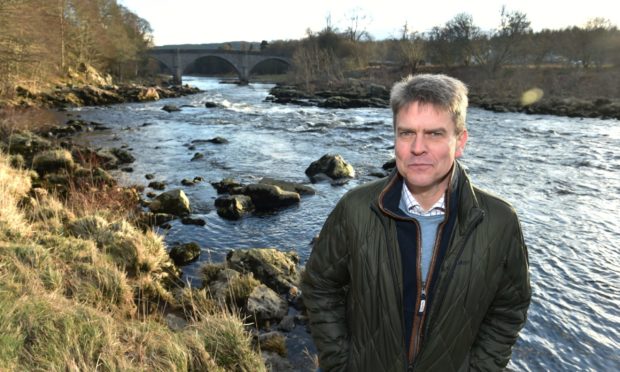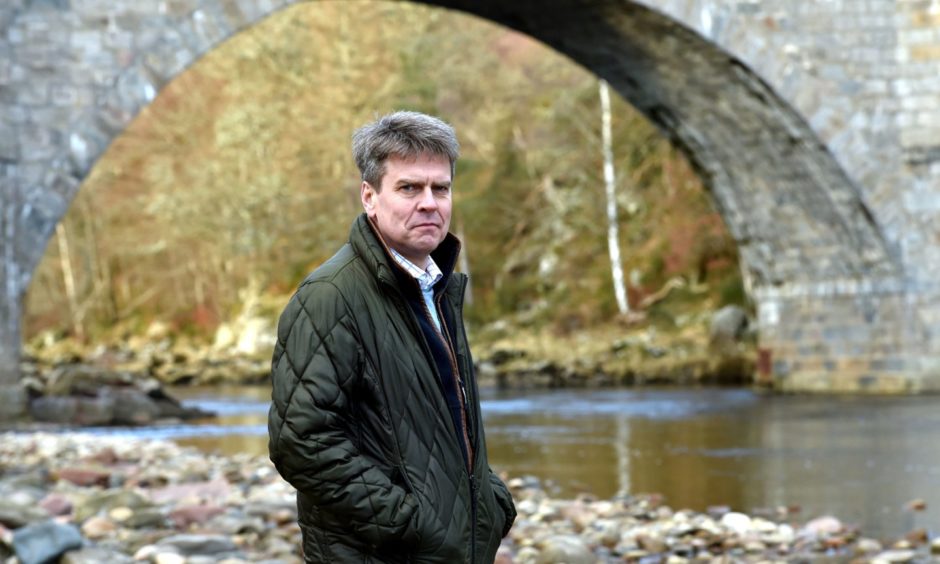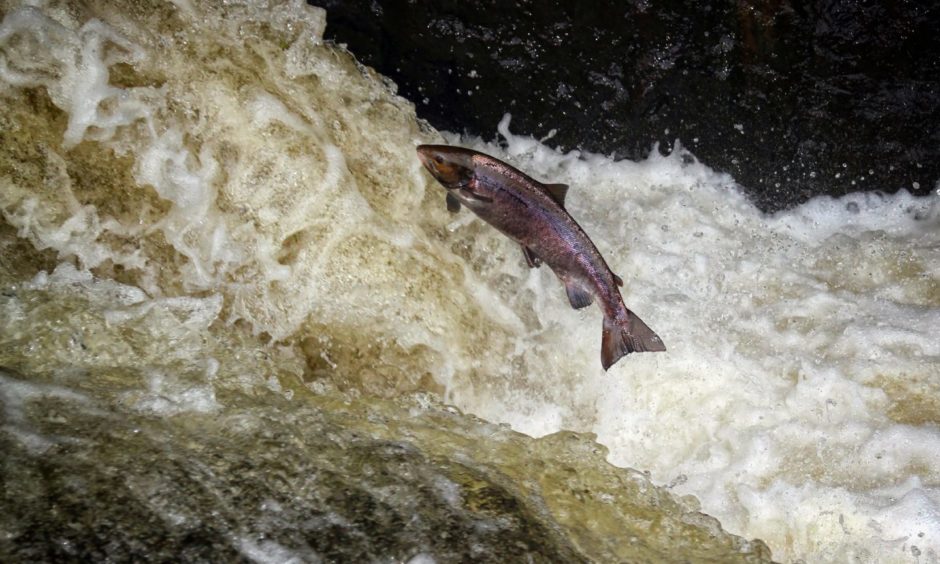An investigation to solve the mystery of missing salmon is poised to be extended to the west coast of Scotland.
Only five of every 100 of the fish that leave the country’s rivers ever return from the sea.
And last year the Atlantic Salmon Trust launched a tracking project in the Moray Firth to determine where the fish are disappearing.
They were able to establish that half never even make it to the sea.
Investigation examines reason for ‘missing salmon’
The study will recommence this year in the hope of narrowing down the potential causes but is also to be expanded to probe the issues facing salmon on the west coast too.
Tagging sites have been identified in Loch Lochy near Fort Willian, Loch Etive near Oban, near Stornoway on Lewis and near Achfary in Sutherland with receivers deployed to monitor where the fish travel to.
Further locations are also being established in Dumfries and Galloway as part of the three-year project.
The trust hopes that information gathered in the study can be used to help organisations including the Scottish Government and local river boards make changes to help grow the species population.
Chief executive Mark Bilsby said: “We have already gained a fascinating insight into where the fish in the Moray Firth are going missing and now we need to find out why.
“The groundswell of support from people on the ground has been truly inspiring, especially during these difficult times in a pandemic.
“With this amazing support we can really understand how better to look after wild salmon and ensure that they have a future in this rapidly changing world.”
Fears Atlantic salmon could disappear
Concerns have been raised that without action the Atlantic salmon species could disappear by the middle of the century.
Attacks from predators, overfishing, pollution, man-made barriers in rivers and changing weather affecting food sources have all been highlighted as potential causes for the declining population.
An army of volunteers is taking part in the tagging process, which is expected to take more than 15,000 hours.
Young salmon are expected to begin their run to the sea in April and May.
Once tagged, researchers will be able to follow the path they take until the batteries run out in early July.
The trust hopes the first information from the west coast study will be ready to publish before the end of the year.
Lorna Wilkie, the trust’s salmon and sea trout tracking coordinator, who is leading both research projects believes the studies will help inform future decisions.
She said: “I believe that the tracking studies will provide us with vital information about the challenges our salmon face during their migration from river to sea while informing us of what actions are needed in order to better protect them.”


